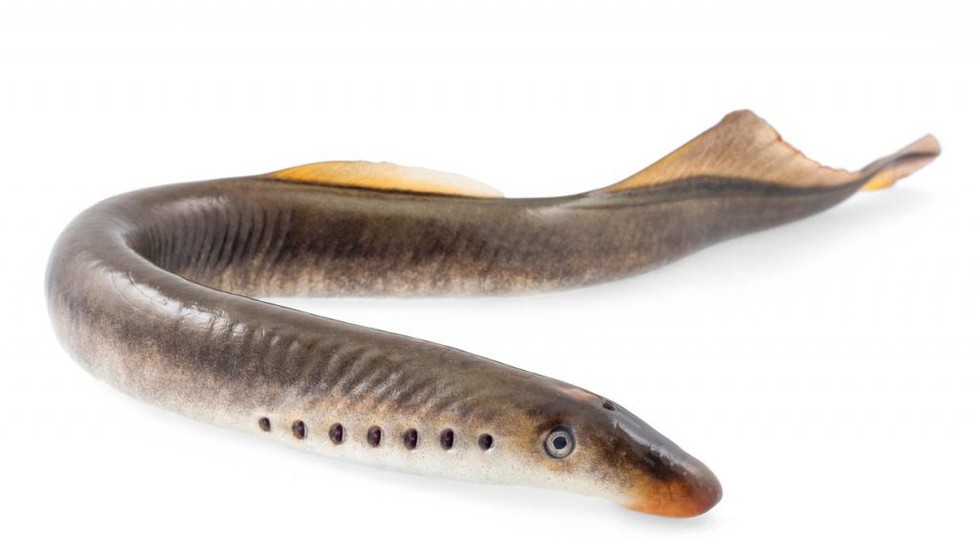A recent study examined the effectiveness of Marine Protected Areas (MPAs) in safeguarding rare migratory fish species, particularly diadromous fish.
Research Methodology
The study, published in the British Ecological Society’s Journal of Applied Ecology, utilized a novel modelling approach to assess the alignment of MPAs with core habitats of diadromous fish species.
Key Findings
- Alignment with Core Habitats
- Only 55 per cent of modelled core habitats for diadromous fish overlapped with designated MPAs.
- Within these protected areas, only half had measures in place for fish protection.
- Species Observation
- The study observed 11 rare and data-poor diadromous fish species during their at-sea migration in various regions including the southern North Sea, Bay of Biscay, French Mediterranean waters, and the English Channel.
- Impact of Anthropogenic Pressures
- Diadromous fish face multiple anthropogenic pressures such as habitat destruction, barriers to migration, fishing, bycatch, and climate change.
- Barriers like dams and weirs hinder their movement between freshwater and marine habitats.
- Species-Specific Analysis
- Less than 30 per cent of endangered species like Mediterranean twaite shad dwelt in core habitats within MPAs.
- Species such as European eel and European smelt had significant portions of their core habitats within MPAs, but specific protection measures were lacking.
Implications and Recommendations
- Inadequate Protection
- Existing MPAs across France, England, Belgium, and the Netherlands are not effectively safeguarding diadromous fish despite their protected status.
- The decline in diadromous fish populations, as highlighted by The Living Planet Index, underscores the urgency for better protection measures.
- Methodological Framework
- The study proposes a ‘Combined Model for Accurate Prediction’ (CMAP) methodological framework to improve rare species distribution modelling for better biodiversity assessments.
- This framework can aid in targeted conservation efforts for rare and poorly detected species while minimizing impacts on human activity.
- Addressing Climate Change
- Climate change is affecting the migration patterns of diadromous fish, with observed shifts in migration timing and population declines in southerly populations.
- Ongoing projects like the EU DiadSea project aim to apply modelling frameworks to better understand and mitigate the effects of climate change on diadromous fish species.
Multiple Choice Questions (MCQs):
- What percentage of Marine Protected Areas (MPAs) dedicated to protecting rare migratory fish species fall outside their core habitats?
- A) 45%
- B) 55%
- C) 62%
- D) 70%
- Answer: C) 62%
- Which scientific journal published the study on the effectiveness of MPAs in protecting diadromous fish species?
- A) Journal of Marine Biology
- B) Journal of Applied Ecology
- C) Environmental Science & Technology
- D) Conservation Biology
- Answer: B) Journal of Applied Ecology
- What percentage of modelled core habitats for diadromous fish overlapped with designated MPAs?
- A) 30%
- B) 45%
- C) 55%
- D) 70%
- Answer: C) 55%
- Which anthropogenic pressure is NOT mentioned as a threat to diadromous fish?
- A) Habitat destruction
- B) Overfishing
- C) Climate change
- D) Introduction of invasive species
- Answer: B) Overfishing
- What is the proposed methodological framework to improve rare species distribution modelling?
- A) Singular Model for Accurate Prediction (SMAP)
- B) Multiple Approach for Habitat Assessment (MAHA)
- C) Combined Model for Accurate Prediction (CMAP)
- D) Integrated Framework for Biodiversity Conservation (IFBC)
- Answer: C) Combined Model for Accurate Prediction (CMAP)
